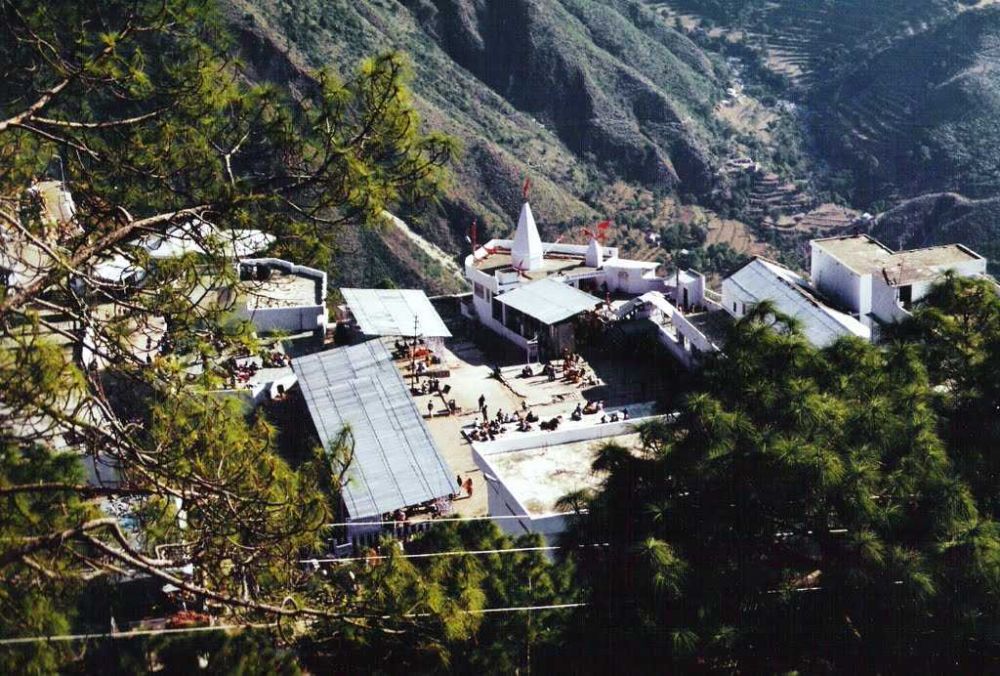

Nestled in the majestic hills of Katra in the Jammu region of Jammu and Kashmir, India, the Ardh Kuwari Cave has long been a significant spiritual destination for pilgrims. The cave holds immense religious importance for devotees as it is associated with the journey to the sacred Vaishno Devi Temple. It is believed that Mata Vaishno Devi, a manifestation of the Hindu Goddess Shakti, meditated in this cave for nine months before proceeding to the main shrine.
The history of tourism to Ardh Kuwari Cave can be traced back to the discovery and subsequent popularity of the Mata Vaishno Devi pilgrimage. For centuries, pilgrims have been visiting the cave as part of their spiritual journey, seeking blessings and showing reverence to Goddess Vaishno Devi, who is revered as an embodiment of strength and positivity.
The cave itself is situated at the midpoint of the trek to the main Vaishno Devi shrine. Historically, it served as a temporary stopover for pilgrims to rest and meditate before continuing their ascent. Inside the cave, a natural rock formation is worshiped as the symbol of the goddess.
Recently, with advancements in infrastructure and the growth of religious tourism in India, there has been a significant increase in the number of visitors to Ardh Kuwari Cave. The Shri Mata Vaishno Devi Shrine Board has played a pivotal role in developing facilities such as pathways, shelters, and accommodation to cater to the growing influx of pilgrims.
In line with the latest trend of ecotourism, efforts have been made to preserve the natural surroundings of the cave. This ensures a minimal ecological footprint despite tourism development. The introduction of battery-operated vehicles and helicopter services to and from the cave area has also made the journey more accessible for elderly and differently-abled visitors.
The recent pandemic saw a temporary dip in tourism numbers, but with the situation improving, the government and local businesses have been actively promoting safe travel. Measures such as mandatory testing, pre-booking of darshan slots, and adherence to social distancing norms have been implemented to ensure the safety of visitors.
Additionally, virtual darshan and e-pooja services have been introduced, allowing devotees from around the world to partake in the rituals remotely, marking a digital transformation in the realm of pilgrimage tourism.
With its rich heritage and evolving visitor facilities, Ardh Kuwari Cave continues to be a testament to the unwavering faith of millions and an exemplary model of how traditional pilgrimage sites can harmoniously blend with modern tourism trends.